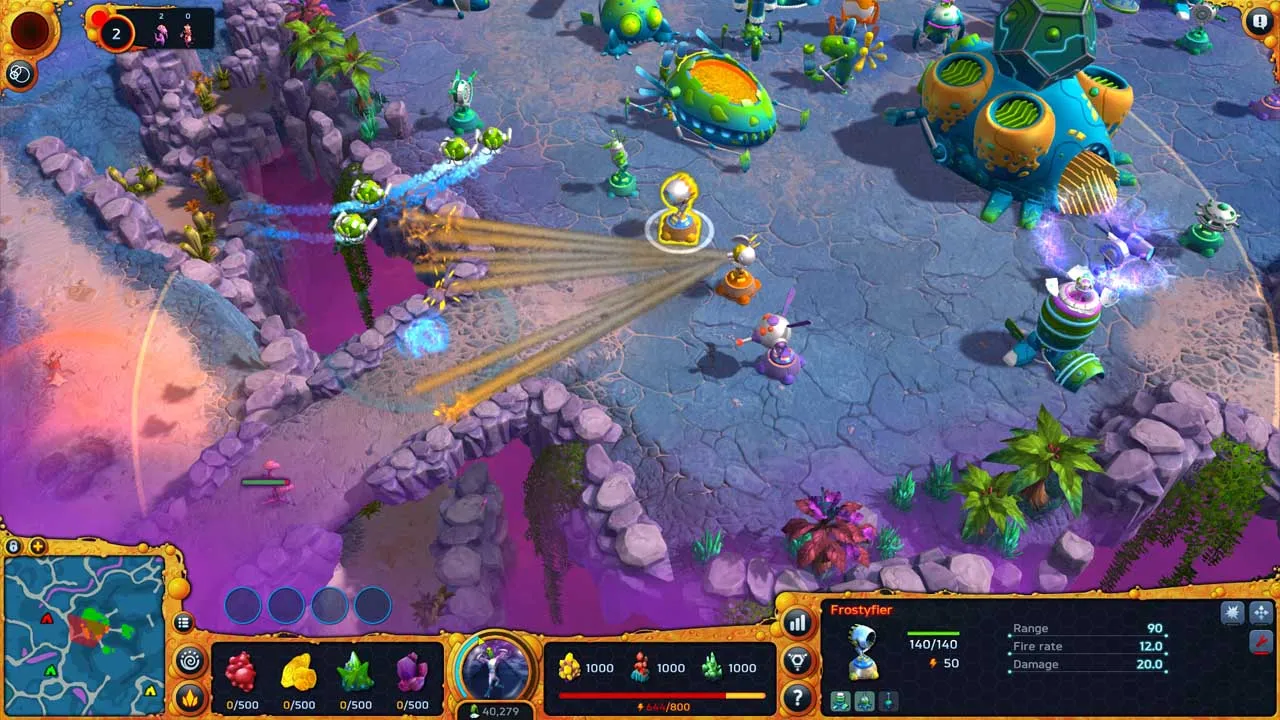
HYPERNOVA: Escape from Hadea Review: A Unique Blend of RTS and Tower Defense
Contents
The strategy genre holds a prominent position in the 40+ year history of video games. From real-time strategy (RTS) and turn-based strategy to 4X games, the genre offers a diverse range of gameplay experiences. An interesting subgenre that emerged from RTS defensive structures is tower defense, a popular choice across platforms, including PC, consoles, handhelds, and mobile devices. Its simplified, slower-paced gameplay, while still challenging, appeals to a broader audience than traditional RTS games, which often demand high levels of micro/macro skill and strategic thinking.
ActaLogic, a Slovenian studio, has taken a unique approach by blending tower defense back into its RTS roots with HYPERNOVA: Escape from Hadea. This review will explore what makes HYPERNOVA: Escape from Hadea a distinctive entry in the strategy genre.
 alt text describing the contrasting gameplay elements
alt text describing the contrasting gameplay elements
Familiar Yet Unconventional Gameplay
HYPERNOVA: Escape from Hadea retains the core elements of traditional RTS games, featuring a familiar top-down perspective reminiscent of StarCraft, Warcraft, and Age of Empires. Players manage resources, expand their territory, construct buildings, research technologies, and build an army.
The twist lies in the mobile nature of the structures. Instead of static buildings, players control “drones” produced by the mothership (main base), each with specific functions. This allows for dynamic relocation of structures to strategically advantageous positions. For instance, air-purifier drones unveil the fog of war, expanding vision and the area of operation. Mining drones can be moved to new resource deposits once the initial one is depleted.
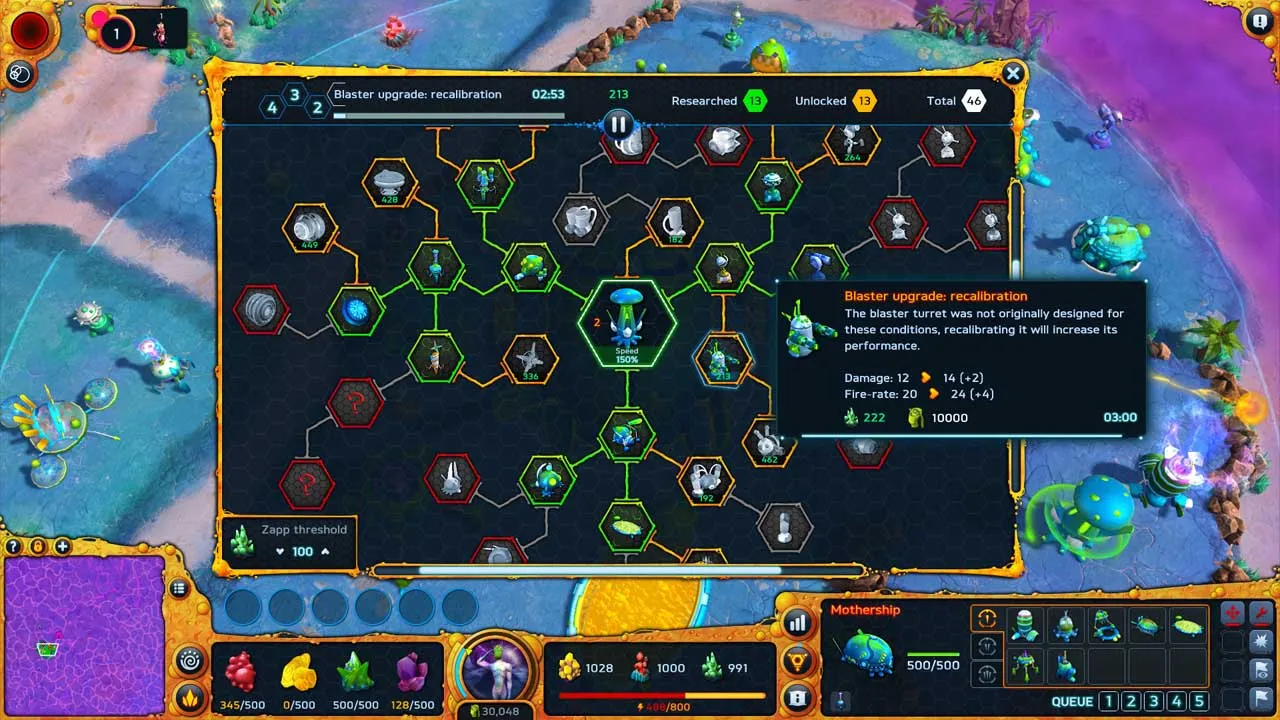 alt text describing the mobile drone structures
alt text describing the mobile drone structures
Furthermore, HYPERNOVA incorporates tower defense elements. Players build defensive drones instead of managing individual units, eliminating the need for intensive micro-management. These defensive drones, like other structures, can be repositioned for optimal defense. It’s important to note that structures, including defensive drones, only function within areas of vision. If an air-purifier drone is moved or destroyed, structures within its range become inactive.
A research institute allows players to specialize in three interconnected branches: structures, population, and turrets. These branches unlock and upgrade new structures, enhance worker stats and abilities, and provide access to new turrets and upgrades, respectively.
A Visually Striking Experience
ActaLogic, known for its realistic 3D graphics in simulation games, has opted for a drastically different aesthetic in HYPERNOVA: Escape from Hadea. The game boasts vibrant, almost dazzling colors, primarily using shades of lime green and vibrant purple. While unconventional, this color palette fits the game’s theme of exploring a mysterious purple planet.
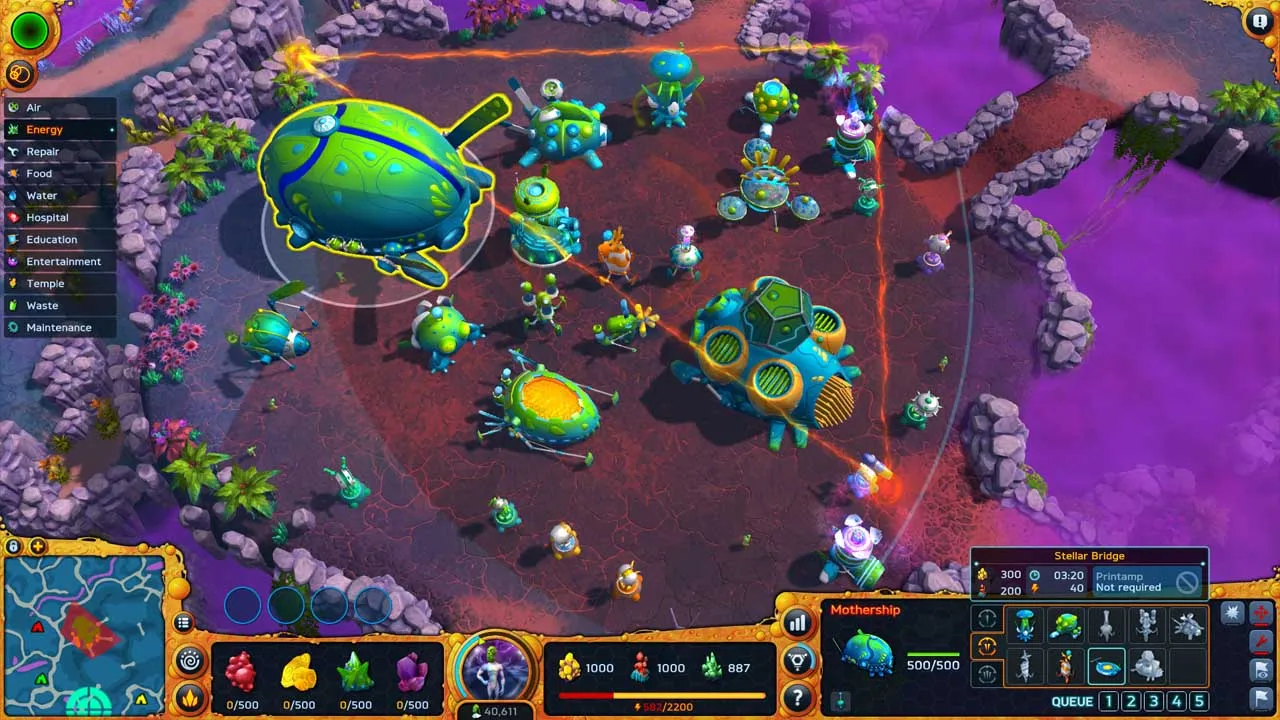 alt text describing the unique visual style of the game
alt text describing the unique visual style of the game
The character, creature, and structure designs are equally distinctive. The art style is reminiscent of a blend between Oddworld and Spore, creating a unique visual experience that, while not conventionally beautiful, is charming and appealing.
A Pace That Drags
Traditional RTS games are often fast-paced, demanding quick reflexes and precise control to manage constant attacks from AI opponents. Tower defense games, on the other hand, are typically slower, sometimes bordering on turn-based gameplay, allowing players time to analyze the situation and strategically place their defenses.
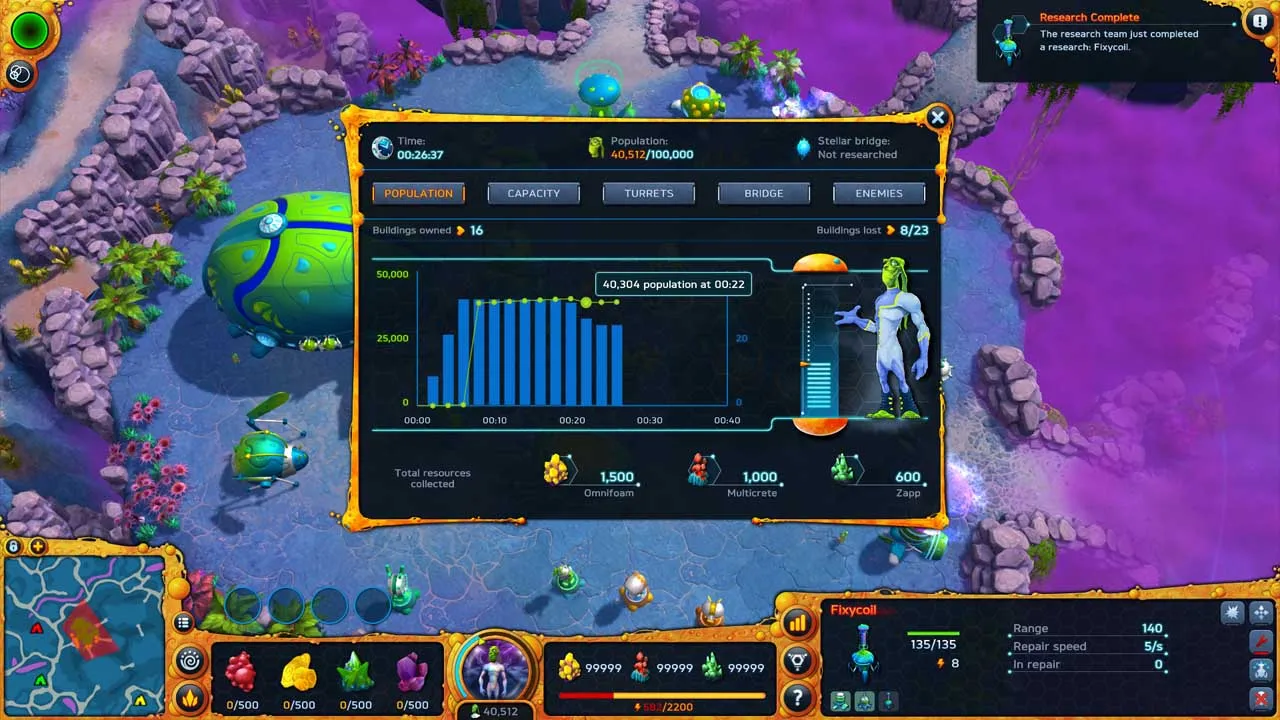 alt text showing the in-game environment and potential slowdown
alt text showing the in-game environment and potential slowdown
HYPERNOVA’s attempt to merge these two genres results in a slower pace that can feel unnecessarily drawn out. The reliance on drone construction and positioning, coupled with waiting for resource accumulation and enemy attacks, creates significant downtime. This slows the pace considerably, leading to extended gameplay and potential frustration for players accustomed to the faster pace of traditional RTS games.
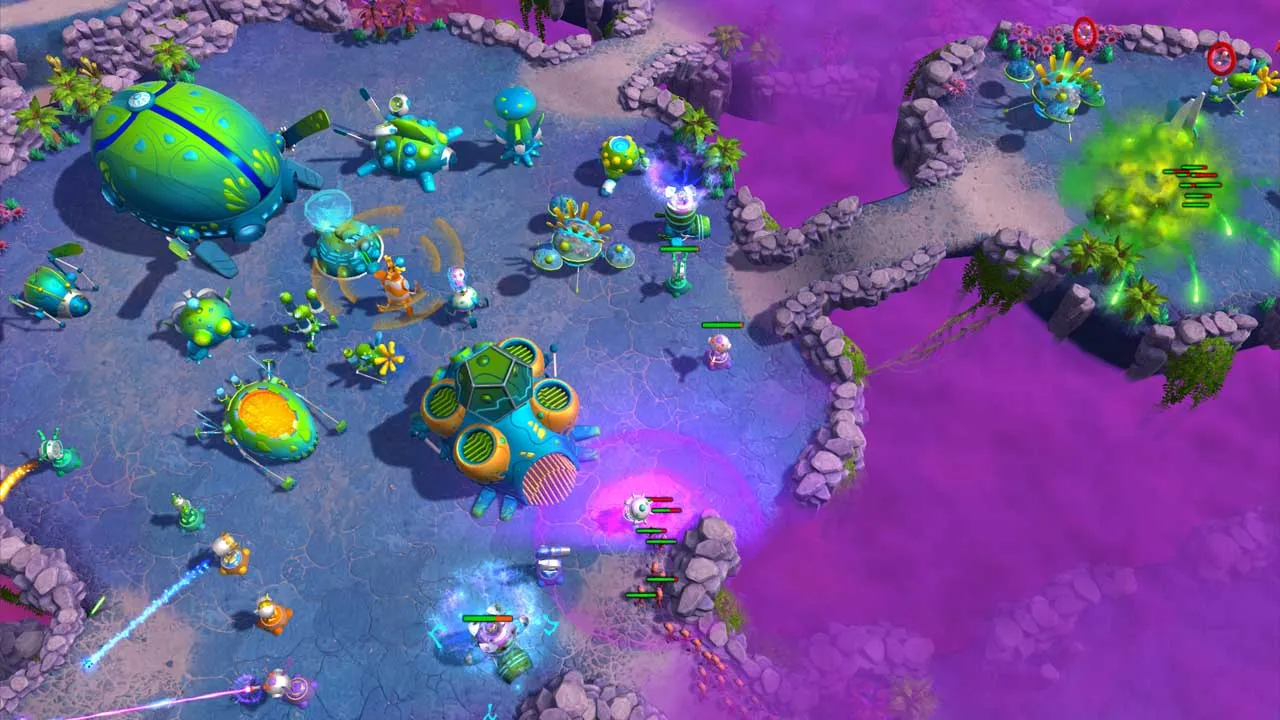 alt text depicting the in-game visuals and highlighting the potential for slow pacing
alt text depicting the in-game visuals and highlighting the potential for slow pacing
Conclusion
HYPERNOVA: Escape from Hadea presents a novel approach to strategy gaming by blending RTS and tower defense mechanics. The mobile drone structures and vibrant visuals offer a unique experience. However, the resulting slower pace might not appeal to all players, particularly those seeking the dynamic action of traditional RTS games. While the innovative gameplay offers a fresh perspective, the pacing issues may detract from the overall enjoyment for some.





Comments (0)